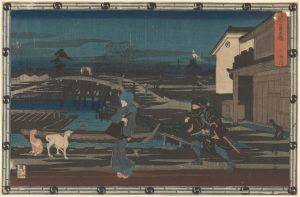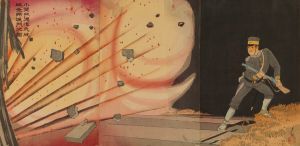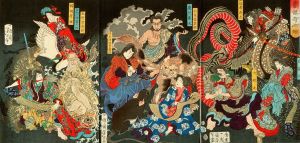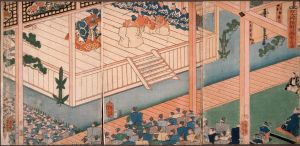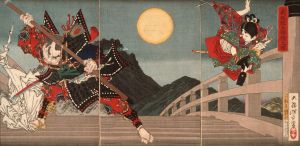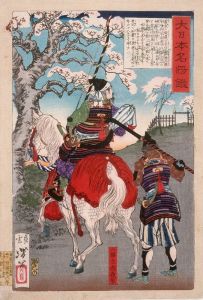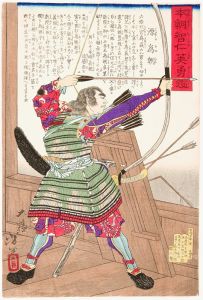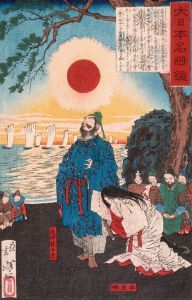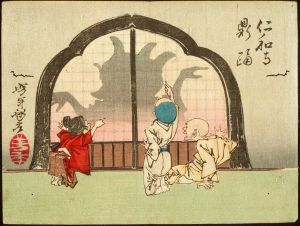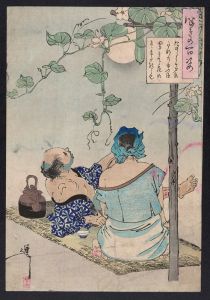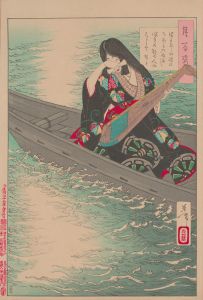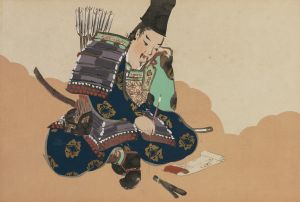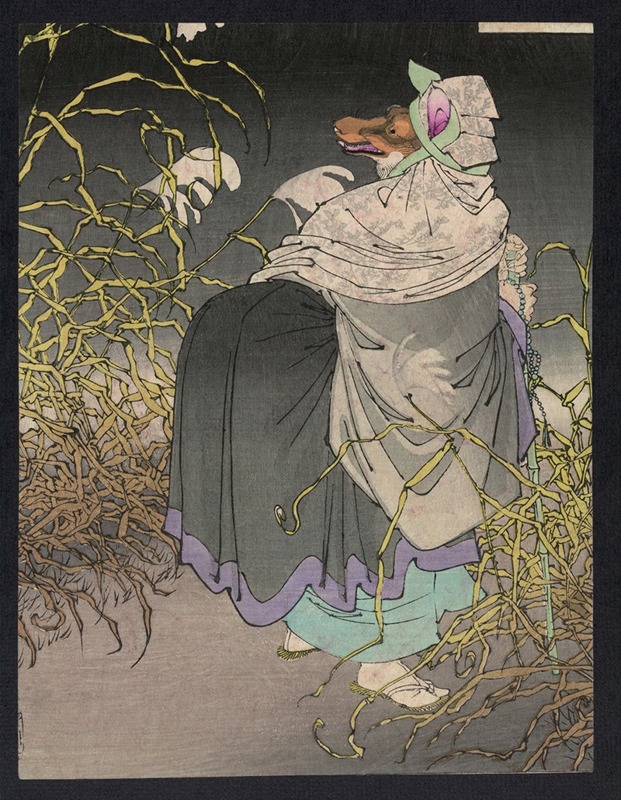
Konkai
A hand-painted replica of Tsukioka Yoshitoshi’s masterpiece Konkai, meticulously crafted by professional artists to capture the true essence of the original. Each piece is created with museum-quality canvas and rare mineral pigments, carefully painted by experienced artists with delicate brushstrokes and rich, layered colors to perfectly recreate the texture of the original artwork. Unlike machine-printed reproductions, this hand-painted version brings the painting to life, infused with the artist’s emotions and skill in every stroke. Whether for personal collection or home decoration, it instantly elevates the artistic atmosphere of any space.
Tsukioka Yoshitoshi was a renowned Japanese artist of the late Edo and early Meiji periods, celebrated for his woodblock prints and his contribution to the ukiyo-e genre. Although there is no specific artwork titled "Konkai" by Tsukioka Yoshitoshi that is widely recognized or documented in major collections or scholarly works, Yoshitoshi's oeuvre is extensive and includes many series and individual prints that explore a variety of themes, including historical events, supernatural tales, and scenes from everyday life.
Yoshitoshi was born in 1839 and became one of the last great masters of the ukiyo-e tradition. He was a student of Utagawa Kuniyoshi, another prominent ukiyo-e artist, and he developed a distinctive style that combined traditional Japanese aesthetics with innovative techniques and a deep psychological insight into his subjects. His works often reflect the turbulent times of the Meiji Restoration, a period of rapid modernization and cultural change in Japan.
One of Yoshitoshi's most famous series is "One Hundred Aspects of the Moon" (Tsuki hyakushi), which he worked on from 1885 to 1892. This series consists of 100 woodblock prints, each depicting a scene inspired by Japanese and Chinese history, literature, folklore, or mythology, with the moon as a central motif. The series is celebrated for its artistic beauty, technical skill, and the way it captures the cultural and historical essence of its subjects.
Yoshitoshi's work is characterized by its dynamic compositions, vivid colors, and expressive figures. He had a particular talent for depicting movement and emotion, which brought his prints to life and engaged viewers on a deeper level. His ability to convey the psychological depth of his characters set him apart from many of his contemporaries.
Throughout his career, Yoshitoshi faced personal and professional challenges, including financial difficulties and mental health issues. Despite these struggles, he continued to produce influential and innovative works until his death in 1892. Today, Yoshitoshi is regarded as one of the most important figures in the history of Japanese art, and his prints are highly sought after by collectors and museums around the world.
While there is no specific information available about a work titled "Konkai" by Yoshitoshi, his legacy is preserved through his extensive body of work, which continues to be studied and appreciated for its artistic and historical significance. His prints offer a window into the cultural landscape of 19th-century Japan and remain a testament to his skill and creativity as an artist.





